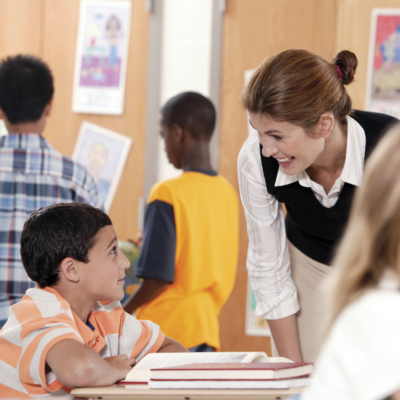3 ways to Incorporate Student reflection in PBL
The final part of this 3 part series on reflection focuses on the last, but most important variable of the equation: students! I would be hard-pressed to find a teacher that says “gosh, I don’t think my students need to be more reflective”; on the contrary, most of us rip our hair out trying to make our students into more reflective humans, combined with the frustration of not enough resources (time and strategies) to make this kind of work happen on an ongoing basis. Well, I got you covered-Here are 3 time-saving tips to embed student reflection in projects throughout the year:
- Build in time with Benchmarks- When students turn in each benchmark deliverable build in time to ask students to first self-reflect using the rows of the rubric that align to the benchmark, then provide feedback using that same tool. Here is an example from a 5th grade project I ran-notice that the reflection asks students to engage with the rubric. This provides them with language to structure their reflection and also forces them to be concrete in their evidence.
*shameless plug coming at you… Do you have a big student caseload and have NO clue how to logistically manage this process with 150 students? I dive into this challenge with 7th grade Science Teacher Aaron Sottile in my upcoming book “Keep it real with PBL for secondary teachers”-coming out January 2020!
- Entry and Exit tickets- Ok, so maybe you don’t have enough time to do a thorough benchmark reflection with a rubric today, well I guarantee you have 3 minutes to do an entry or exit ticket. Throw a reflective prompt up on the board that relates to your project and uses language from your rubric and students can think and write on a sticky note for 2 minutes. For an entry ticket the prompt can be about goals for work time or group collaboration for the day; for exit tickets they can be about evaluating their success or agency from the day. Creating this simple habits through simple routines will lead to complex thinking and reflection over time.
- Use an existing project reflection- There are many standard, free student project reflection resources out there (linked a few below for you;) that you can assign to students as homework or the day all project work is due. Each project can include the same questions so students get used to thinking about the same elements of reflection. Here are the prompts that my end-of-project reflections always included:
Something I am proud of is…
Something I can work on is…
One way i grew is…
One goal I have is…
Somebody who helped me is…
A challenge was…
My response to this challenge was…
A hope I have is….
My favorite thing I learned was…because
Through practice and effort I….
I hope to take what I learned and…
With my peers ….
My favorite part of the project was…
Answer the DQ-how has this changed?
Some NtKs I still have are…
while it may feel like you don’t have enough time to build in project reflection– I will guarantee that making the time for these small shifts now will save you time down the road by creating more thoughtful, resourceful and reflective students.
